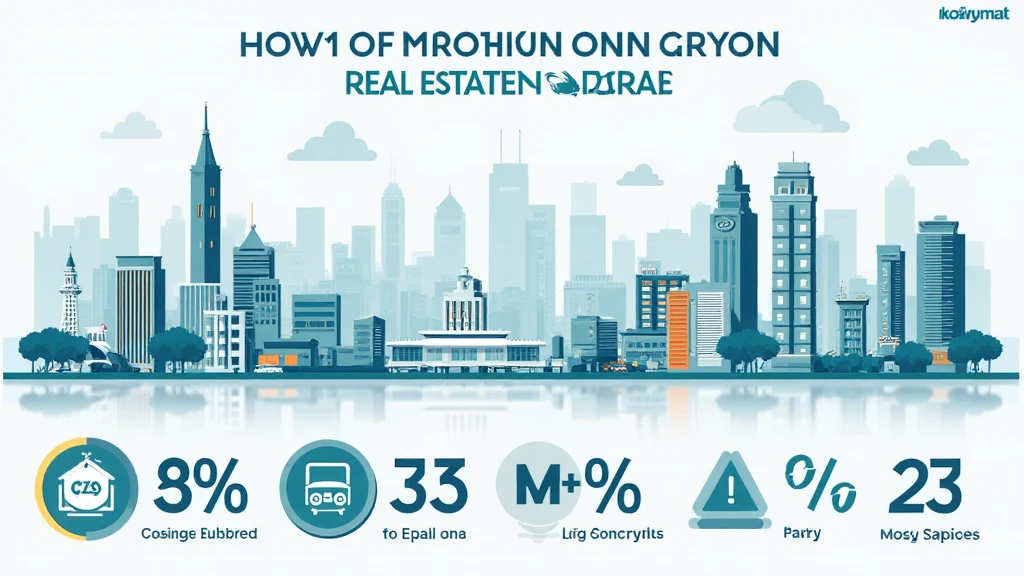Vietnam’s Crypto Stablecoin Issuance: Navigating the Future of Digital Finance
As the global digital finance landscape continues to evolve, Vietnam stacks its cards on the table. With an estimated $4.6 billion in digital asset investments by 2025 and a young population that is tech-savvy, Vietnam is poised to explore innovative solutions, particularly in the realm of stablecoin issuance. But what does this mean for the local economy, regulations, and the future of cryptocurrency in the region?
The Rise of Stablecoins in Vietnam
Stablecoins have been gaining traction worldwide as a bridge between volatile cryptocurrencies and stability. In Vietnam, the trend is no different. The country’s unique economic landscape, characterized by rapid digital adoption, has paved the way for the potential introduction of stablecoins that are pegged to the Vietnamese Dong (VND).
According to a recent report by Chainalysis, the number of crypto users in Vietnam increased by an impressive 25% in 2023 alone, showcasing growing interest in stablecoins as a means of transaction, savings, and investment. But what exactly are stablecoins, and how can they mesh with Vietnam’s economy?

What are Stablecoins?
Stablecoins are cryptocurrencies designed to minimize price volatility by pegging their value to an asset. They can be categorized mainly into three groups:
- Fiat-collateralized: Backed by a reserve of fiat currency, such as USD or VND.
- Crypto-collateralized: Backed by other cryptocurrencies.
- Algorithmic: Managed by algorithms that control supply in response to demand.
The Need for Stablecoins in Vietnam
Vietnam has seen an exponential rise in crypto transactions. As the market develops, there’s a growing need for stablecoins to ease exchange rates and reduce the risks associated with cryptocurrency volatility. In recent years, the volatility of cryptocurrencies like Bitcoin and Ethereum has prompted Vietnamese consumers to seek safer alternatives.
The Economic Landscape
In 2023, the country’s economy demonstrated resilience, with a GDP growth rate of 6.5%. Additionally, the inflation rate remained relatively stable at around 3%. This stable economic backdrop provides a fertile environment for experimenting with stablecoin issuance, especially those tied to the VND.
However, the question arises: How can Vietnam approach the regulatory landscape surrounding stablecoin issuance to ensure growth while offering consumer protection?
Regulatory Framework for Stablecoin Issuance
Vietnam’s government has expressed interest in regulating cryptocurrency and its derivatives to ensure market integrity and protect investors. Recent dialogues could lead to the establishment of comprehensive laws encompassing both crypto assets and stablecoins.
The Role of the State Bank of Vietnam
The State Bank of Vietnam (SBV) plays a pivotal role in formulating rules for digital currency operations. With the rise of stablecoin projects, the SBV could introduce guidelines that govern the issuance process, collateral requirements, and consumer safeguards.
According to a survey conducted by Hibt, around 60% of Vietnamese respondents expressed willingness to support regulations that safeguard their interests while allowing for innovation in the crypto space.
Challenges and Considerations
While the prospect of stablecoin issuance in Vietnam appears promising, several challenges must be addressed:
- Technological Infrastructure: Enhancing the technological framework is paramount to ensuring secure stablecoin transactions.
- Public Awareness: Providing education about stablecoins and their benefits must be prioritized to foster trust.
- Consumer Protection: Developing robust laws that protect users from fraud and risks associated with digital currencies.
Future Outlook: What’s Next for Vietnam’s Crypto Market?
The future of Vietnam’s crypto stablecoin issuance is promising yet complicated. As we look toward 2025, several trends can shape the crypto landscape:
- **Increased Adoption:** Consumer demand for alternatives to conventional banking and the need for digital currency solutions can drive stablecoin usage.
- **Collaboration with Financial Institutions:** Traditional banks in Vietnam may start partnerships with startups to explore stablecoin technology.
- **Innovative Projects:** New projects related to stablecoin issuance are likely to emerge, focusing on the specific needs of the Vietnamese market.
Conclusion: A Bright Future Ahead
As Vietnam navigates the terrain of crypto stablecoin issuance, the combination of a supportive economic environment, tech-savvy youth, and increasing demand for alternatives provides a solid platform for innovation. The key to success lies in establishing a regulatory framework that fosters growth yet ensures consumer protection.
With a stable economic basis and evolving interest in the crypto space, Vietnam is set to make a mark on the global stage of digital finance. The potential for a local stablecoin system tied to the VND could not only provide stability but also bolster economic growth and technological advancement.
We are excited to witness how Vietnam’s journey in crypto stablecoin issuance unfolds, reshaping the future of digital finance in the region.
Author: Dr. Nguyễn Thành, a financial strategist and blockchain researcher, has authored over 30 papers on digital finance and cryptography, and led major audits for renowned projects.





